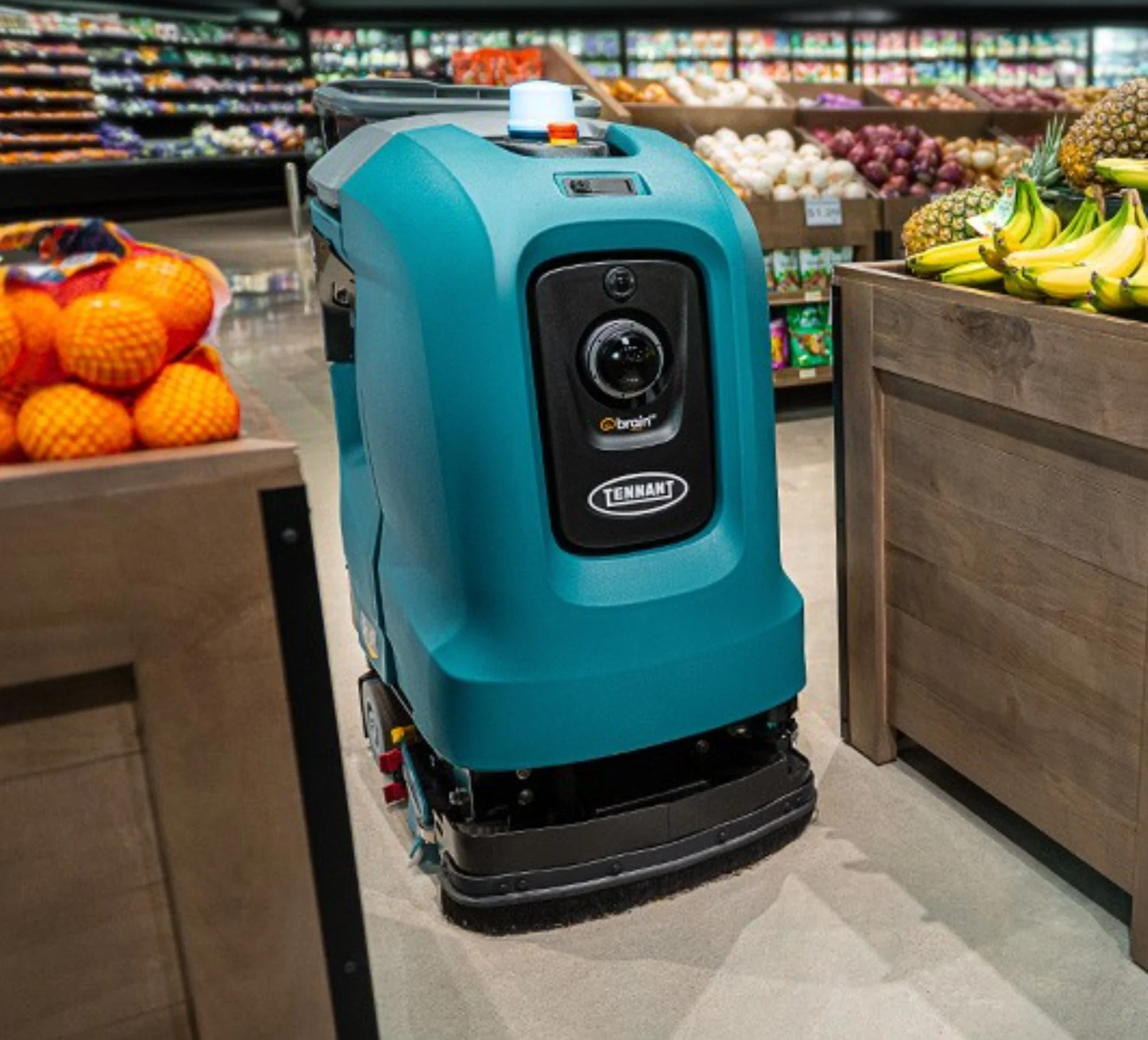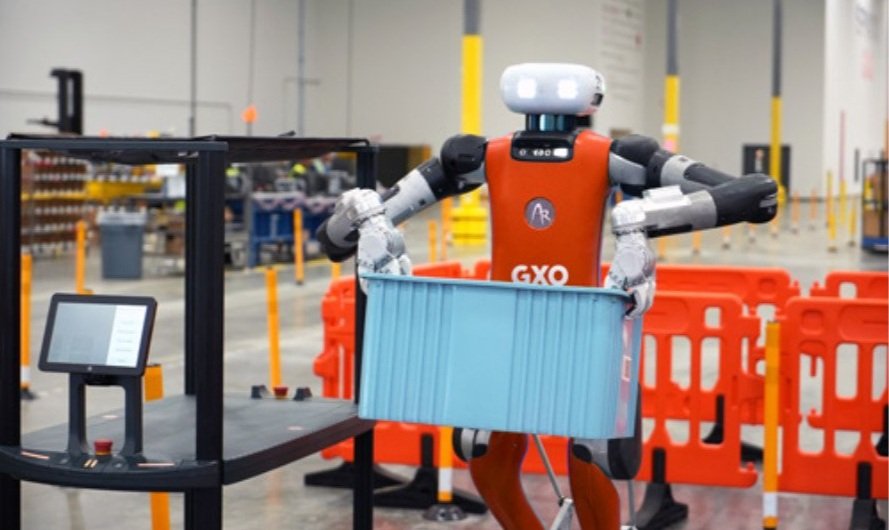AI Models Predict Antibiotic Resistance in E. Coli from Metro Manila Urban Farms

Image Credit: CDC | Splash
A new study from the University of the Philippines Diliman, published in the Malaysian Journal of Microbiology, highlights the potential of artificial intelligence in predicting antimicrobial resistance (AMR) in Escherichia coli bacteria found in agricultural settings around Metro Manila. The research leverages advanced machine learning techniques to address the growing challenge of antibiotic-resistant bacteria, a pressing global health concern.
The Rising Threat of Antimicrobial Resistance
Antimicrobial resistance occurs when bacteria evolve to withstand antibiotics, rendering treatments less effective. The World Health Organization identifies AMR as a major threat, with E. coli, a common indicator of fecal contamination, playing a significant role in spreading resistance genes in environments like farms and urban gardens. Traditional testing methods for AMR are time-consuming and resource-intensive, prompting researchers to explore AI-driven solutions for faster, more efficient detection.
The study, led by Marco Cristopher Lopez, Joseph Ryan Lansangan, and Pierangeli Vital, used whole-genome sequencing data and machine learning to predict resistance in E. coli isolates. By analyzing bacterial DNA from urban gardens, the team aimed to develop tools that could streamline AMR surveillance in agriculture, where antibiotics are widely used to boost crop and livestock productivity.
AI Models and Methodology
The researchers employed four AI models—Adaptive Boosting (AB), Extreme Gradient Boosting (XGB), Random Forest (RF), and Support Vector Machine (SVM)—to predict resistance to six commonly used antibiotics: ampicillin, ciprofloxacin, nalidixic acid, trimethoprim-sulfamethoxazole, streptomycin, and tetracycline. These models were trained on 150 bacterial isolates from the NCBI BioSample database and tested on local E. coli samples from Metro Manila’s urban gardens.
Using a tool called DIAMOND, the team aligned bacterial DNA sequences to identify resistance genes, applying strict criteria to ensure accuracy. The AI models were trained to recognize patterns in these genes, enabling predictions of whether bacteria would resist specific antibiotics. The models converted genetic data into numerical formats using techniques like one-hot encoding, allowing them to process complex biological information.
The study found that AB and XGB models outperformed RF and SVM, particularly for ampicillin and nalidixic acid, achieving accuracy rates above 74% and 86%, respectively, on training data. For streptomycin and tetracycline, all models showed strong performance, with accuracy, sensitivity, and specificity exceeding 92%. However, challenges arose with ciprofloxacin, where models struggled to balance true positive and false positive predictions, especially the SVM model, which failed to identify any true positives in some cases.
When tested on local samples, performance dropped, with accuracy ranging from 63% to 66% across models. This decline suggests that differences between the training data (from a global database) and test data (from local gardens) may affect reliability in real-world settings.
Pros and Cons of AI in AMR Prediction
AI models offer significant advantages over traditional lab-based testing, which requires specialized facilities and trained personnel. By analyzing genetic data, these models can predict resistance quickly, potentially reducing the time and cost of surveillance. In agricultural settings, where antibiotic use is common, such tools could help farmers and regulators monitor resistance patterns, informing safer practices. The study’s focus on urban gardens, which gained popularity in the Philippines during the COVID-19 pandemic, underscores the relevance of AI in addressing local food security and health challenges.
Despite their promise, the models face hurdles. They struggled with imbalanced datasets, where resistant bacteria were underrepresented, leading to less reliable predictions for some antibiotics like ciprofloxacin. The reliance on known resistance genes limits their ability to detect new or rare resistance mechanisms. Additionally, the models are designed for single-strain analysis, which may not translate well to complex samples containing multiple bacterial strains, common in environmental settings. The study also noted that de novo genome assembly, used to process DNA data, can introduce inaccuracies compared to other methods.
Implications for Agriculture and Public Health
The study’s findings highlight AI’s potential to transform AMR surveillance by offering a faster alternative to conventional methods. In agriculture, where antibiotics are often overused, AI-driven tools could guide targeted interventions, reducing the spread of resistant bacteria that threaten both crops and human health. The research also reflects a broader trend of integrating AI with genomics to tackle complex biological problems, a field gaining traction globally.
However, the lower performance on local test data raises concerns about generalizability. Differences in environmental conditions, bacterial strains, or antibiotic exposure between global and local datasets may explain this gap. The study’s authors suggest that expanding training datasets to include more diverse samples could improve accuracy. Additionally, refining data processing techniques and exploring alternative DNA assembly methods may enhance model reliability.
Future Trends
The use of AI in AMR prediction is part of a growing movement to apply machine learning in public health and agriculture. Future research could focus on incorporating diverse sample types, such as soil or water, to better capture real-world conditions. Advances in metagenomics, which analyzes genetic material from mixed microbial communities, may also improve the models’ ability to handle complex samples. As AI technology evolves, integrating larger datasets and more sophisticated algorithms could lead to more robust predictions, potentially influencing global strategies to combat AMR.
Source: MJM
We are a leading AI-focused digital news platform, combining AI-generated reporting with human editorial oversight. By aggregating and synthesizing the latest developments in AI — spanning innovation, technology, ethics, policy and business — we deliver timely, accurate and thought-provoking content.





































































































































































































